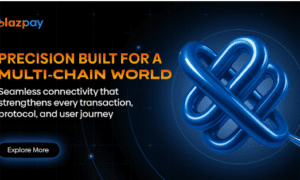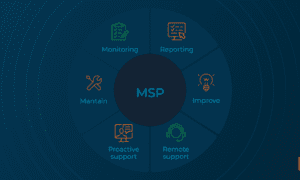Building a Platform Without Writing Code
Jordan Lee didn’t come from a tech background, nor did he raise a single dollar of outside capital. Yet within six months of launching AI Acquisition, his latest venture, the business surpassed $5.2 million in monthly revenue and reached a nine-figure valuation. In an industry flooded with hype, Jordan’s story stands out for its structure, not just its speed.
Instead of building software to sell as a product, Jordan focused on building infrastructure—what he describes as a digital workforce platform—that helps small and midsize businesses adopt artificial intelligence in practical, revenue-generating ways.
The Platform-as-a-Service Model for AI Enablement
The core of the company is the AI-Clients Platform, a cloud-native system that enables users to deploy AI agents to handle tasks traditionally requiring additional hires or consultants. These agents support client acquisition, onboarding, and service delivery—removing friction from operations while keeping headcount lean.
This design reflects a Platform-as-a-Service (PaaS) framework, but with marketplace characteristics. Agencies and consultants use the platform’s orchestration tools to deliver AI-powered services, while enterprise clients gain access to vetted solutions—bridging the gap between AI supply and real business demand.
This dual-sided approach has allowed AI Acquisition to scale quickly, while providing businesses with plug-and-play systems that reduce complexity. The platform does not require technical expertise to operate, which Jordan considers a foundational principle. As he puts it: “You don’t need to understand AI to use it—you just need to understand your business.”
From FE Growth Partner to Scalable Infrastructure
Jordan’s background in business consulting helped shape the strategy. His first venture, FE Growth Partner, focused on improving sales and marketing processes for education providers. As demand grew beyond that niche, the business evolved into The Growth Partner, extending services to marketing agencies and traditional businesses.
These ventures revealed a common problem: most companies knew AI was the next frontier, but lacked the time or skills to implement it. AI Acquisition emerged as a response—turning what was once a manual consulting process into an automated delivery engine.
The transition was also operational. What began as high-touch service delivery matured into a productized system, allowing businesses to launch pre-built campaigns in under 30 minutes. In this sense, the AI-Clients Platform resembles Shopify more than Salesforce—removing complexity rather than layering it on.
Market Timing and Economic Fit
Jordan’s model arrives at a time when SMBs face increasing pressure to reduce costs and increase output. With labor costs rising and marketing returns declining, many businesses are caught in a cycle of doing more with less. AI, while often seen as inaccessible, offers a compelling solution—but only if adoption is simple.
The platform’s recent 612% growth in five months suggests this need is widespread. Rather than targeting technical buyers or large enterprises, Jordan positioned AI Acquisition to serve the mid-market: companies that are large enough to benefit from AI, but small enough to need help implementing it.
This approach aligns with larger macroeconomic shifts. According to recent industry estimates, the AI-enabled business services segment is expected to grow from $204 billion to $1.38 trillion by 2032. AI Acquisition’s hybrid model allows it to sit at the infrastructure layer of that growth, rather than simply competing for software market share.
Building Beyond the Tech
What distinguishes Jordan’s approach is not just his understanding of systems, but his view on scale. The company doesn’t frame AI as a trend—it treats it as a utility. And unlike many AI ventures centered around technical founders and deep learning breakthroughs, this one was built by someone who doesn’t code.
His journey reflects a shift happening across the tech landscape. As AI tools become more accessible, the next generation of category leaders may not emerge from labs or incubators—but from operations professionals who understand leverage, timing, and problem-solving at scale.
Jordan’s contribution is not just in the product he’s built, but in the precedent he’s set: that AI infrastructure can be bootstrapped, practical, and deeply impactful—without requiring venture capital or a degree in computer science. His personal reflections and behind-the-scenes insights are occasionally shared via his Instagram—a platform where lifestyle and leadership quietly intersect.





























